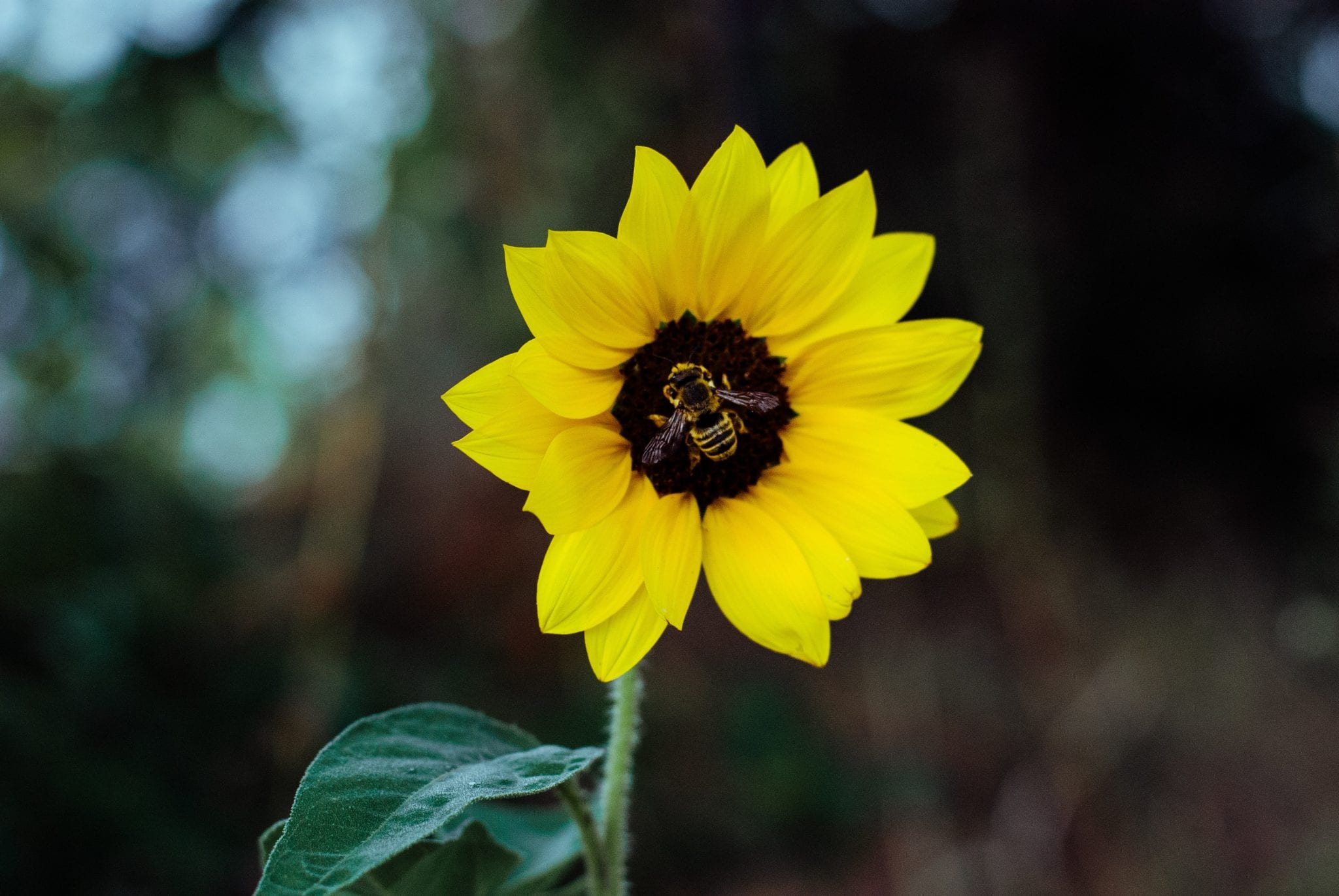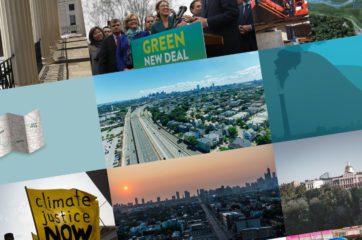BY JACKIE RYAN, JUNE 21 2018
With this week marking the official start of summer, searing temperatures are already in full force. While the annual blossoming of plant life each spring is undoubtedly beautiful, the pollen that arrives with it has become an increasing concern for those suffering from seasonal allergies and asthma.
In the United States alone, roughly 50 million people have allergies, making it the “sixth leading cause of chronic illness” according to the Center for Disease Control (CDC). On top of this, another 25 million Americans suffer from asthma, which in some cases can be directly linked to allergies. A report by the CDC found asthma incidents in North America increased by 28% from 2001 to 2010. Further studies have also seen an increase in seasonal allergies over the span of several years. The reason for this rise? Some scientists believe climate change could be at fault.
Seasonal Changes
So how does climate change factor into this? One explanation can be attributed to increased CO2 levels. Since carbon dioxide is a vital nutrient for plants, it may come as no surprise that an increase in atmospheric CO2 also leads to an increase in plant growth and pollen production. A study published in 2002 found that when a ragweed plant was exposed to twice the amount of CO2 as was present in the atmosphere, it produced 61% more pollen.
Another reason why climate change could be a contributing factor is that warmer average temperatures throughout the United States have also been linked to longer pollen seasons. From 2001 to 2010, researchers found that trees, weeds, and other pollen-producing plants began their seasons three days earlier, on average, than in the 1990s. This has especially been the case in areas at higher latitudes, such as the Northeastern United States.
Health Costs
Not only has the influx of pollen in the air had a negative health impact on millions of Americans, but it has also contributed to higher economic costs. According to the Asthma and Allergy Foundation of America, the annual cost of asthma totalled $53 billion in 2002, but increased to $56 billion by 2007. Of those costs, over 90% came from hospital visits while the remaining percentage came from missed work and school days. In 2013, a separate study that calculated medical bills, mortality, and lost productivity found that the economic cost of asthma was as high as $81.9 billion. Allergies have followed a similar trend, with a report estimating that Americans spent $17.9 billion in health expenses and treatment, visited the doctors 16 million times, and missed 6 million days of either work or school in 2010.
Finding a Solution
There may not be a clear-cut way of reducing seasonal allergies and asthma, but given the seemingly large role CO2 and global warming has on pollen production, climate change must be addressed. One overarching solution that has gained more traction, especially in Massachusetts, has been implementing a price on carbon. A carbon fee incorporates all the costs of carbon into the products we use, including the healthcare costs associated with increased pollen allergies and asthma. This practice is meant to encourage producers and consumers to choose cleaner or carbon-free alternatives. In 2017, the Harvard School of Public Health released a study that examined general health benefits of a carbon fee based on two bills that were being introduced in the State House. The researchers found that a carbon fee under S.1821 An Act Combating Climate Change would lead to almost $3 billion in health benefits, 340 lives saved, and 54 less hospitalizations for respiratory and cardiovascular problems in Massachusetts.
With millions suffering through asthma and allergy symptoms each year, we need to look towards climate policies that reduce carbon emissions. Not only would these measures have a positive impact on people’s health and wellbeing, but they would save them money in the long-run.
 JACKIE RYAN COMMUNICATIONS FELLOW
JACKIE RYAN COMMUNICATIONS FELLOW









